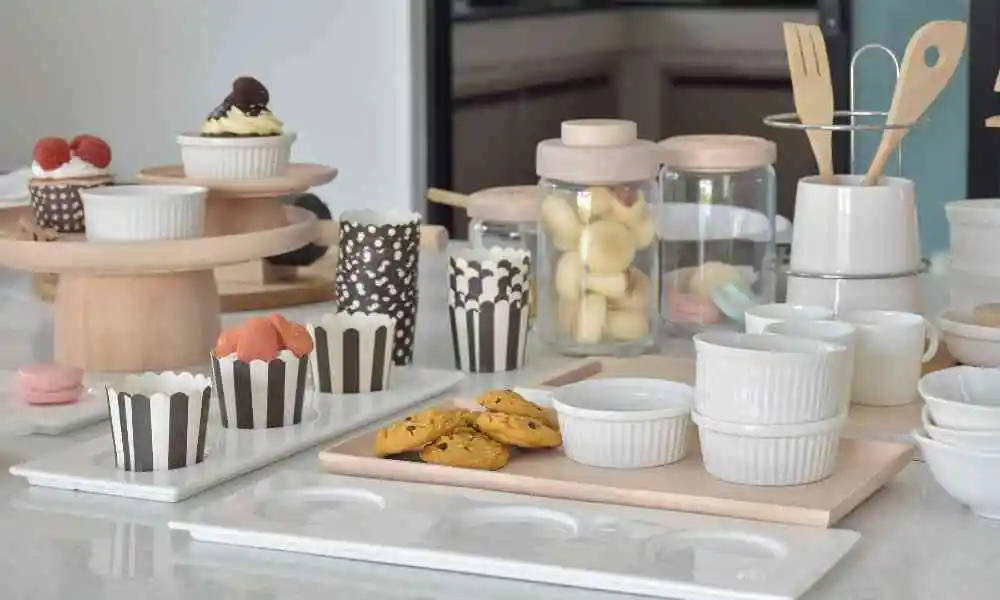While many consciousness at the aesthetics or sturdiness in their bakeware, the fitness implications often remain an afterthought. Chemicals leaching into food or substances breaking down underneath high warmth can pose dangers you can now not even comprehend. So, what is the safest bakeware?
In this guide, we’ll navigate the labyrinth of bakeware alternatives, exploring timeless classics like glass and forged iron, along present day upgrades like silicone. Let’s bake smarter, extra healthful, and greater steady.
What Is the Safest Bakeware?
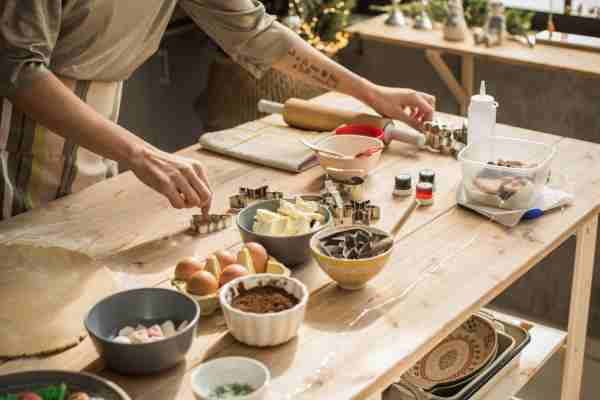
Defining Safe Bakeware: What Does It Mean?
Safe bakeware isn’t just about withstanding heat or looking properly in your countertop. It’s about ensuring your meals remains untouched by way of harmful substances. True Safest Bakeware is unfastened from pollution together with lead, cadmium, BPA, and PTFE—chemical compounds frequently hidden in coatings or glazes. It ought to also resist degradation, even at excessive temperatures, preserving its integrity for future years.
Investing in safe bakeware means prioritizing your properly-being. It’s approximately more than baking—it’s about peace of thoughts and protective your family from invisible risks.
Key Criteria for Identifying Safest Bakeware Materials
When assessing bakeware, take into account these critical factors:
Material Composition: Always confirm certifications for meals protection. Beware of products with indistinct labeling.
Durability: Opt for bakeware that won’t chip, warp, or crack without difficulty. A compromised floor can introduce contaminants.
Heat Tolerance: Your bakeware ought to undergo high oven temperatures with out liberating pollution or breaking down structurally.
Common Bakeware Materials and Their Safety Profiles
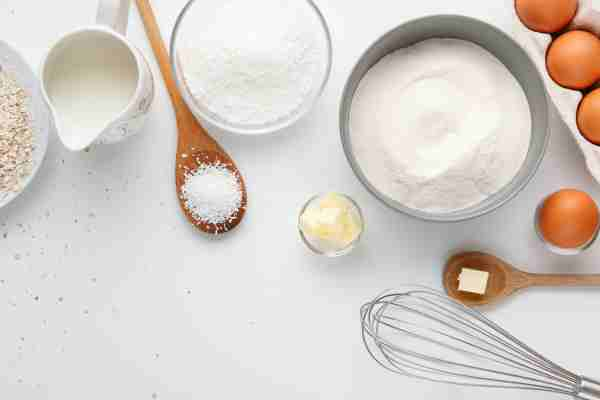
Glass Bakeware: Timeless and Trusted
Glass bakeware, a traditional staple in kitchens international, boasts unmatched transparency and protection. Non-poisonous and non-porous, it ensures no harmful chemical substances leach into your meals. Plus, its green nature makes it a sustainable desire. However, take care of with caution—speedy temperature modifications can cause cracks or breakage.
Stainless Steel: Durable and Non-Toxic
Renowned for its robustness and non-reactive floor, chrome steel is a flexible kitchen champion. Perfect for both savory roasts and candy treats, it’s a reliable desire. But be vigilant—decrease-satisfactory options can also include nickel, which some people are touchy to.
Silicone Bakeware: Is It Really Safe?
Silicone bakeware, with its flexibility and lightweight layout, has captured the hearts of many bakers. But no longer all silicone is created same. Food-grade silicone, loose from fillers and BPA, is generally safe. Yet, inexpensive alternatives may also pose dangers, in particular beneath prolonged warmness exposure.
Ceramic Bakeware: Aesthetic and Functional
Ceramic bakeware combines splendor with functionality. Its even warmness distribution and captivating designs make it a favourite. However, not all ceramics are free from lead or cadmium in their glazes. Always make certain your ceramic bakeware is classified as meals-secure.
Cast Iron: The Heirloom Choice
Cast iron, a kitchen workhorse, brings unrivaled durability and natural non-stick homes while properly seasoned. While heavy, it’s a undying preference which could last generations. With right care, it’s one of the most secure options you may own.
Non-Stick Coatings: Are They Safe to Use?
Traditional non-stick bakeware, regularly coated with Teflon, comes with dangers. At excessive temperatures, it may release harmful fumes, posing health dangers. Safer options like ceramic-covered or uncoated bakeware are gaining recognition as health-conscious choices.
Glass Bakeware: A Deep Dive
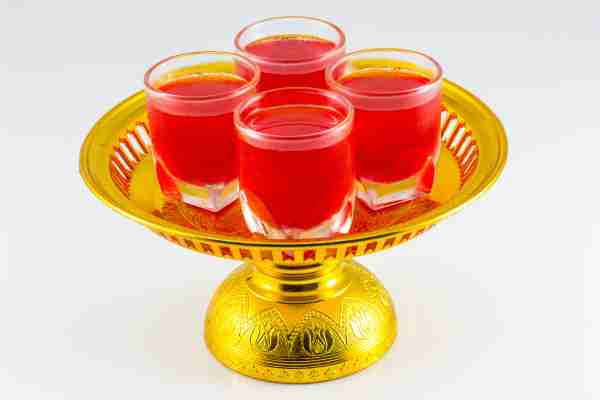
Pros and Cons of Glass Bakeware
Pros:
Non-poisonous and free from dangerous chemical compounds.
Transparent, allowing you to hold a watch to your meals.
Doubles as garage when paired with lids.
Cons:
Fragile and susceptible to breaking below sudden temperature modifications.
Heavier in comparison to different substances.
How to Properly Care for Glass Bakeware
Prevent breakage through keeping off drastic temperature swings. Allow hot glass to chill progressively earlier than washing, and never area it without delay onto bloodless surfaces. These small steps ensure longevity and protection.
Stainless Steel Bakeware: The Healthy Choice
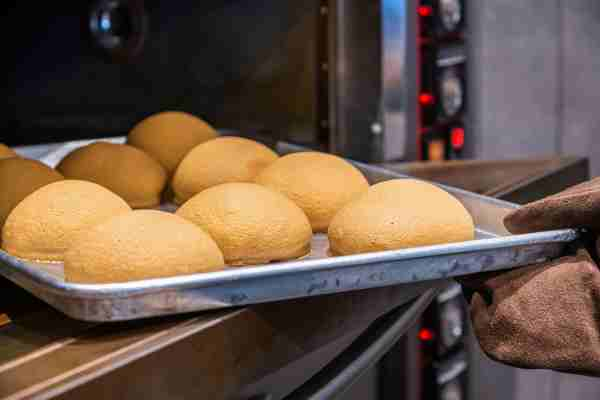
Benefits of Stainless Steel Bakeware
With its resistance to rust and ability to handle acidic foods, stainless steel is a true kitchen all-rounder. Its durability ensures you won’t need frequent replacements, making it a cost-effective, health-friendly option.
Avoiding Low-Quality Stainless Steel: What to Look For
Seek bakeware marked as 18/10 or 304-grade stainless steel for superior quality. Avoid options with mixed metals, as they may compromise both safety and longevity.
Silicone Bakeware: Friend or Foe?
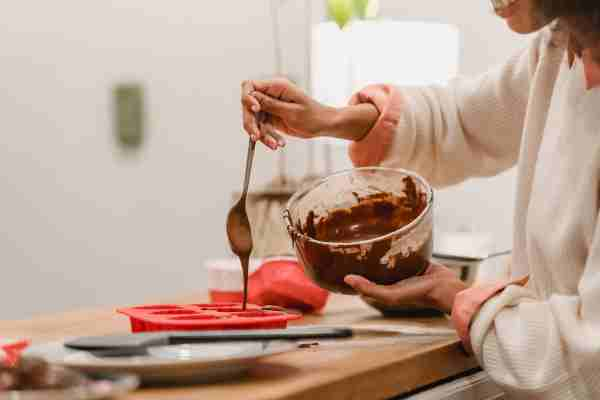
Understanding Food-Grade Silicone
Food-grade silicone, free from fillers and meeting FDA standards, offers a safe and convenient baking solution. Its flexibility makes it easy to use, but always confirm its certifications to avoid subpar materials.
When to Avoid Silicone Bakeware
For recipes requiring extended high-heat baking, consider alternatives. Some lower-quality silicone bakeware may degrade or release unwanted substances over time.
Ceramic Bakeware: Is It Always Non-Toxic?
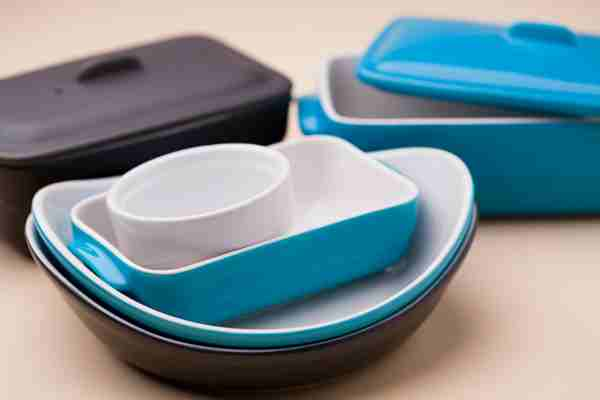
Lead and Cadmium in Ceramic Glazes
The beauty of ceramic bakeware can mask hidden dangers. Improperly glazed ceramics may leach lead or cadmium, especially with acidic foods. Always verify the safety of ceramic products before use.
How to Choose High-Quality Ceramic Bakeware
Opt for ceramics explicitly labeled “lead-free” and “food-safe.” Avoid using antique or handmade ceramics unless tested for safety, as they often lack modern safety standards.
Cast Iron Bakeware: Safe and Long-Lasting
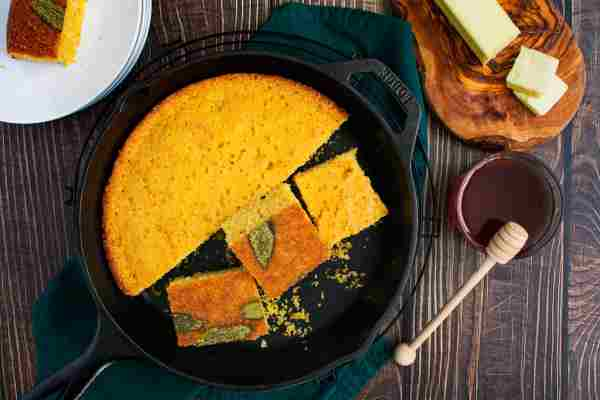
Seasoning Your Cast Iron Bakeware for Better Performance
Seasoning involves coating your cast iron with a thin layer of oil, then heating it to create a natural, non-stick barrier. This process not only improves performance but also protects against rust.
Maintenance Tips for Cast Iron Bakeware
Keep your cast iron dry and avoid soaking it in water. Regular seasoning will extend its life and preserve its iconic performance.
The Truth About Non-Stick Bakeware
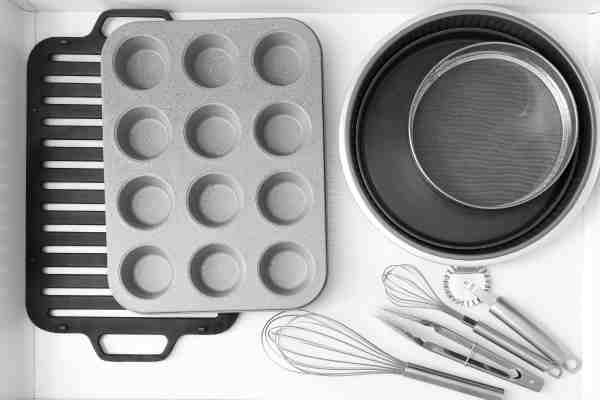
Risks Associated with Teflon and PTFE Coatings
While non-stick coatings can also appear handy, they carry dangers. When overheated, these coatings can release poisonous fumes. Always replace non-stick pans at the first signal of wear.
Safer Alternatives to Traditional Non-Stick Bakeware
Explore healthier alternatives like ceramic-lined bakeware or uncoated materials together with stainless-steel or cast iron. These alternatives provide peace of thoughts and durability.
Conclusion
Safe bakeware isn’t a luxurious; it’s a need. By knowledge the substances and their ability dangers, you could make informed choices to create a more fit kitchen. Transitioning to safer bakeware may appear daunting, but each step you are taking brings you closer to a toxin-free cooking space. Prioritize safety today—your health and your baking creations deserve nothing less.

